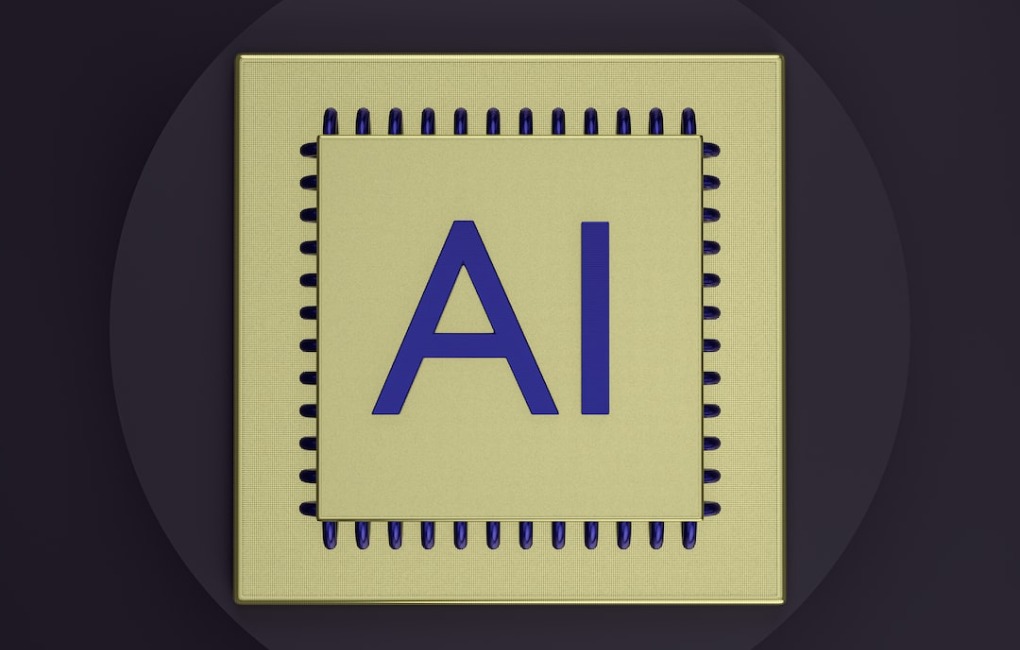Your professor, Dr. Jameson, is teaching a class on Artificial Intelligence and Society.
Dr. Jameson:
In recent years, we have seen a significant increase in the use of artificial intelligence (AI) in various sectors. This has raised several questions about the potential of AI replacing human labor and who should regulate this technology. I would like you to explore how AI can replace human labor and discuss who should be responsible for overseeing this technology’s implementation and use. Consider the ethical implications, potential advantages, and drawbacks in your discussion.
Student 1 – Sam:
AI has immense potential to replace human labor in areas like manufacturing, customer service, and data analysis due to its efficiency and accuracy. However, it also brings up concerns about job displacement and income inequality. As for regulation, I believe it should be a combined effort of government bodies for establishing laws & guidelines, tech companies for ensuring ethical use of their AI products, and international organizations for maintaining global standards.
Student 2 – Mia:
While AI can indeed automate many tasks currently done by humans, it cannot replace the creativity, emotional intelligence or decision-making skills that humans possess. Regarding regulation, tech companies should primarily be responsible as they are the ones developing these technologies but under stringent guidelines set by an independent regulatory body to prevent misuse.
Your Opinion and Arguments:
I find both Sam’s and Mia’s perspectives insightful but with certain caveats. Indeed AI can process vast amounts of data far more efficiently than humans which could lead to job displacement in sectors such as manufacturing or data analysis as Sam pointed out. However, as Mia correctly stated, AI lacks emotional intelligence which is crucial in fields such as healthcare or education where empathy plays a key role.
Regarding regulation of AI technology, I concur with Sam that it needs to be a collaborative effort involving multiple stakeholders including governments, tech companies and international organizations. However I would argue that there is also a need for public involvement in these discussions since they are ultimately the end-users of these technologies.
It is also important to consider how we can mitigate negative impacts such as job displacement caused by AI automation. One possible solution could be retraining employees for jobs that require more complex cognitive skills which cannot easily be automated by AI.
Finally while we must harness the benefits offered by AI technology we must do so responsibly ensuring that it does not exacerbate existing social inequalities or create new ones.













Leave a comment